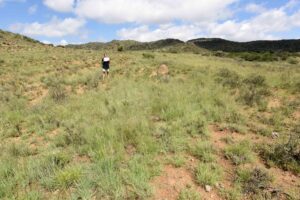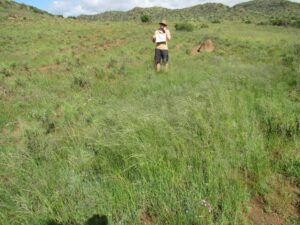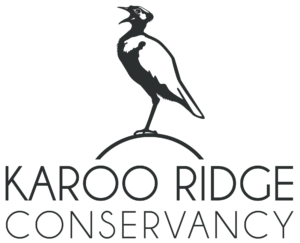FIND US
Karoo Ridge is a property situated 100km SE of Colesberg (an ideal halfway stop between Johannesburg and Cape Town) and 50km NE of Middelburg (halfway stop between Bloemfontein and Port Elizabeth).
EXPLORE
Menu
CONNECT
CONTACT US
Please note we are remote. Should you have trouble getting through to us with a phone call try a WhatsApp, email, or website enquiry form.



